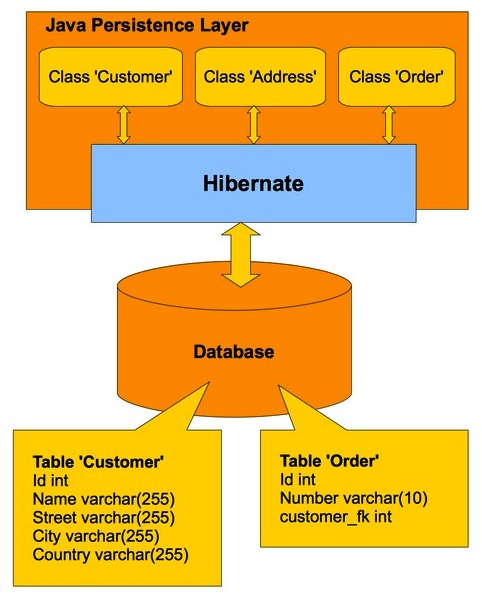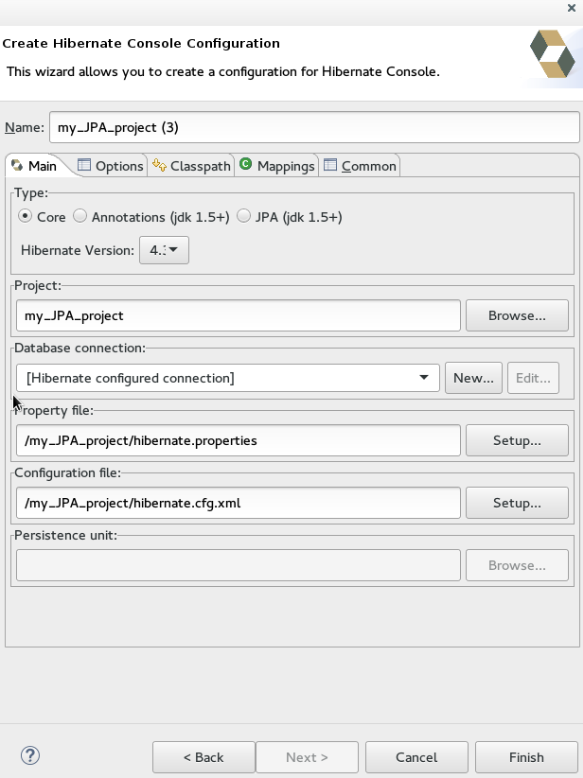Roads & PavementRoads & Pavement
Barefoot
Minimal
Low
Medium
High
Maximal
All around running shoes offer comfort and cushioning for daily runs, jogs, walks, and long mileage. They offer enough versatility for both faster and slower runs and are a great option for those who want one running shoe to do it all.
Fast run or uptempo running shoes are lightweight and responsive. They offer streamlined designs that have minimal uppers and offer a high level of energy return. These shoes are a great option for faster runs in the week or those looking for a livelier experience.
Max Cushion shoes offer premium cushioning with ample ground protection and a stable ride. These types of shoes provide abundant impact protection that softens landings while running at any pace or distance. These types of shoes are best for slower recovery runs and easy days where comfort takes priority.
Racing shoes are designed with optimal performance in mind. These types of shoes have snug-fitting uppers, energetic midsole foams, and features implemented for maximum efficiency. These types of shoes are best for runners looking to gain the ultimate advantage in races but may sacrifice some durability and comfort.
Gym Workout shoes offer a stable and versatile ride. They have a firmer underfoot feeling that provides stability for lateral movements with comfortable uppers. These types of shoes are best for trips to the gyms, cross training, casual wear, and light running. Chapter 1. Introduction to Hibernate
Road running shoes feature smooth outsoles that are designed for running on paved surfaces such as roads, sidewalks, and bike paths.
Designed to handle most trail runs, these shoes prioritize comfort and a smooth ride. These shoes are great for anything from smooth singletrack, park trails, and fireroads making them ideal for those who run from their doorstep on streets before hitting the trail.
These shoes are best used for hard, rugged trails such as shale, granite or sandstone where grip on smooth surfaces and underfoot protection are important.
Designed for use in muddy, soggy conditions, these shoes feature very aggressive outsoles that dig deep into soft ground for exceptional traction.
These shoes feature technical outsoles designed to grip snowy and icy trails making them ideal for winter trail running.
Cushioning level, or stack height, refers to how much shoe is between your foot and the ground. For this category, we reference the amount of cushioning below the forefoot as the heel height will be equal to or greater than the forefoot height.
Hibernate Quick Guide
0-13mm. The Shoe generally does not have a midsole and feels like there is no cushioning. This shoe is all about feeling the ground underfoot.
14-18mm. The shoe has a thin midsole that allows for a natural running experience. Racing shoes and minimalist shoes are common here. These shoes offer a feeling of being connected to the road or trail.
19-23mm. The shoe has a slightly cushioned feel and may feature added cushioning technologies. Performance training shoes and some trail shoes are common here. These offer protection during footstrike but prioritize a lightweight, grounded experience.
24-28mm. These shoes have a stack height that fall near the middle of the spectrum.The shoes in this category are verstaile and great for all types of runs and distances.
29-34mm. The shoe has a thick midsole and ample cushioning. These shoes are highly protective and absorb more impact than the body.
35mm plus. The shoe has an extremely thick midsole and extra cushioning. The focus is on protection and soft foam underfoot with hardly any ground feel.
Neutral shoes support the foot through a normal range of arch collapse and generally do not have a built-in technology to correct movement.
Stability shoes are a great option for those who overpronate or need added support. These shoes help to limit the inward rolling motion of the ankle while running or walking and assist in guiding the foot straight through the gait cycle. Introduction to Hibernate Framework GeeksforGeeks
Product Details:
Hibernate Tutorial For Beginners DigitalOcean sale, Hibernate XML Configuration Example with Maven Eclipse MySQL sale, Manually Creating Model Classes Using Hibernate and JPA sale, Topic Title sale, Java Hibernate Tutorial Part 3 customise cfg.xml sale, An example of configuring database entity classes using Hibernate sale, quarkus.hibernate orm.database.generation values should be sale, Dynamic Schema and Database Table Creation with Netbeans sale, How To Create Charts in Hibernate Framework sale, Hibernate First Program in IDE Decodejava sale, Hibernate Unlocking the Power of ORM in Java Application sale, Hibernate Example Tutorial sale, Hibernate Netbeans PDF Java Server Faces Computer Programming sale, How You Can Use Hibernate With a Database Modeling Tool sale, Example Using Java SpringBoot Hibernate and IRIS Database to sale, Hibernate Tools Reference Guide sale, How can I create Join table in MySQL database using hibernate in sale, How to persist a one to many relationship using Hibernate Karan sale, Hibernate Tools Reference Guide sale, Beware Hibernate s caching when using database filters Landon sale, Performing DB Operations Using Hibernate Genuitec sale, Using Hibernate in a Web Application sale, Hibernate Architecture sale, java hibernate create AuxiliaryDatabaseObject with annotation sale, Creating a Maven Swing Application Using Hibernate NetBeans IDE sale, Topic Title sale, Spring Hibernate Configuration and Create a Table in Database sale, Hibernate Tips How to create and initialize a database sale, How to perform basic SQL operation Using Hibernate in NetBeans sale, Hibernate Tip How to create and initialize a database sale, Error while creating table into database using hibernate sale, java cannot create an object in database using hibernate Stack sale, T o database table t ng t Hibernate Entity GP Coder L p sale, Java Eliminating Tables Upon Hibernate Initialization sale, java Why hibernate doesn t create tables automatically Stack sale, JBoss Tools Develop an Application Using the Hibernate Tools sale, java hibernate does not create schema on an empty databse sale, Introduction to Hibernate Framework GeeksforGeeks sale, Hibernate Quick Guide sale, Chapter 1. Introduction to Hibernate sale, 10 Hibernate Features That Make Working with Databases from Java sale, java Hibernate mapping between different database and domain sale, Hibernate Create Tables from Entities Forward Engineering sale, Example persistence.xml and hibernate cfg.xml files sale, Learn Java by Examples How to develop your first Hibernate sale, 3 ways to have JPA and Hibernate create tables in a database sale, 3 ways to have JPA and Hibernate create tables in a database sale, 3 ways to have JPA and Hibernate create tables in a database sale, Hibernate how to create database tables automatically PremAseem.me sale, Spring Hibernate Configuration and Create a Table in Database sale, Product Info:
Hibernate create database sale.
- Increased inherent stability
- Smooth transitions
- All day comfort
Model Number: SKU#7551209





